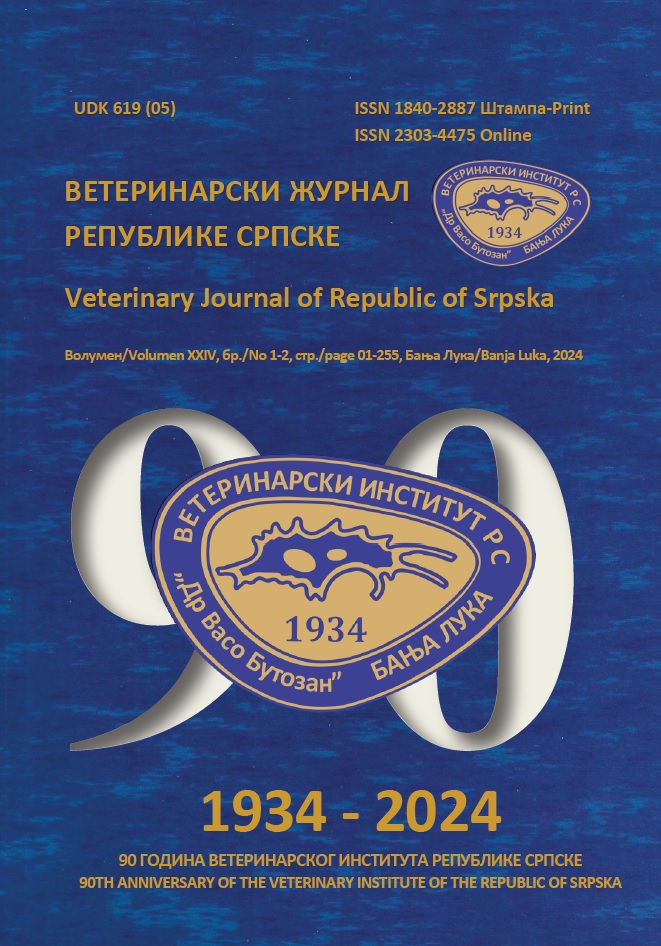THE INFLUENCE OF ENVIRONMENTAL FACTORS ON THE CONSTITUTION OF DONKEYS
DOI:
https://doi.org/10.7251/VETJEN2401193UAbstract
The donkey, as one of the oldest domestic animals, is spread over all continents. There were no organized selection measures for centuries. The basic condition was that the donkey could walk for a long time and carry a load. Such requirements, as well as the ecological conditions in which they developed and live, caused donkeys, regardless of where they live, to have practically the same body constitution, which is reflected in the bony index. Regardless of the height of the withers, that is, the size of the body, the relative relationships of individual parts of the body are quite similar. The donkey has a strong body constitution.
Downloads
Published
2025-06-02
Issue
Section
Енглески

